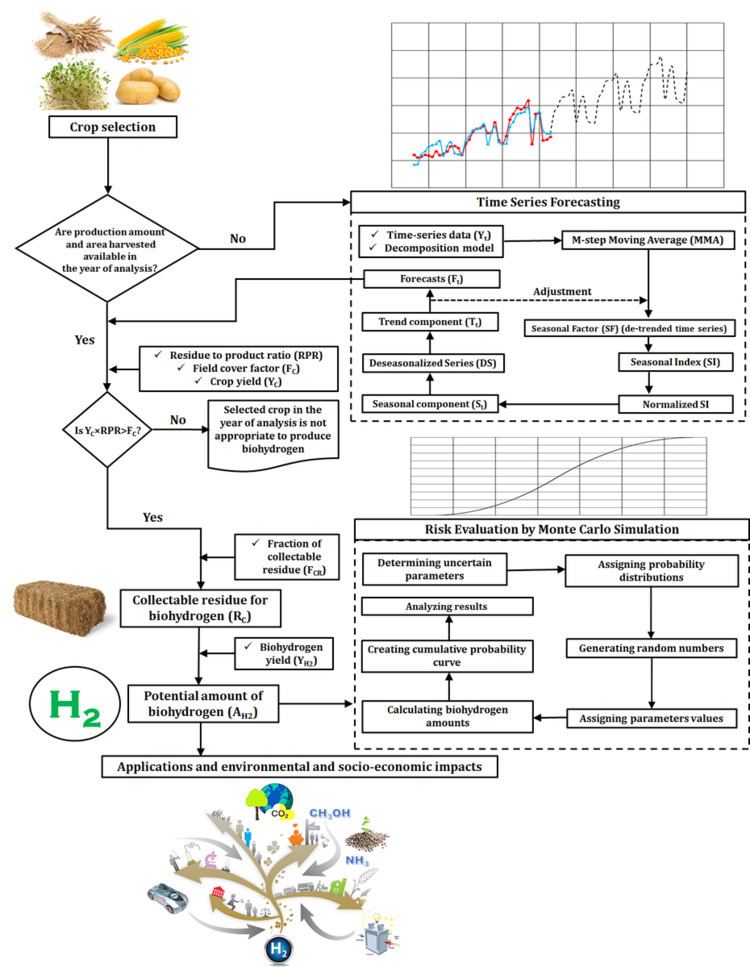 | ||
The decomposition of time series is a statistical method that deconstructs a time series into several components, each representing one of the underlying categories of patterns. There are two principal types of decomposition which are outlined below.
Contents
Decomposition based on rates of change
This is an important technique for all types of time series analysis, especially for seasonal adjustment. It seeks to construct, from an observed time series, a number of component series (that could be used to reconstruct the original by additions or multiplications) where each of these has a certain characteristic or type of behaviour. For example, time series are usually decomposed into:
Hence a time series using an additive model can be thought of as
whereas a multiplicative model would be
An additive model would be used when the variations around the trend does not vary with the level of the time series where as a multiplicative model would be appropriate if the trend is proportional to the level of the time series.
Sometimes the trend and cyclic components are grouped into one, called the trend-cycle component. The trend-component can just be referred to as the "trend" component, even though it may contain cyclic behaviour. For example, a seasonal decomposition of time series by Loess (STL) plot decomposes a time series into seasonal, trend and irregular components using loess and plots the components separately, whereby the cyclic component (if present in the data) is included in the "trend" component plot.
Decomposition based on predictability
The theory of time series analysis makes use of the idea of decomposing a times series into deterministic and non-deterministic components (or predictable and unpredictable components). See Wold's theorem and Wold decomposition.
Examples
Kendall shows an example of a decomposition into smooth, seasonal and irregular factors for a set of data containing values of the monthly aircraft miles flown by UK airlines.
Furthermore, in policy analysis, forecasting future production of biofuels is key data for making better decisions. Thereby, statistical time series models have recently been developed to forecast renewable energy sources. In other research, a multiplicative decomposition method was designed to forecast future production of biohydrogen. The optimum length of the moving average (seasonal length) and start point, where the averages are placed, were indicated based on the best coincidence between the present forecast and actual values.
Software
An example of statistical software for this type of decomposition is the program BV4.1 that is based on the so-called Berlin procedure.
